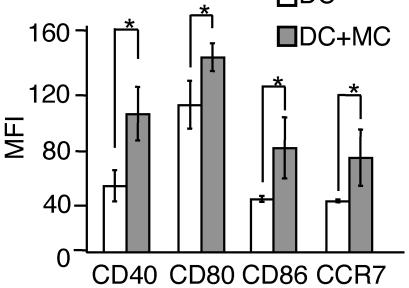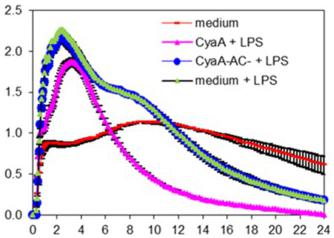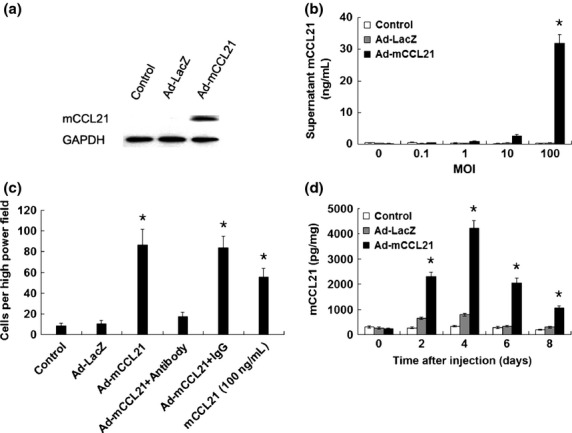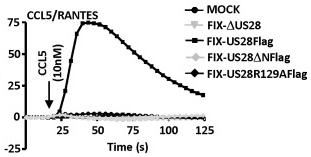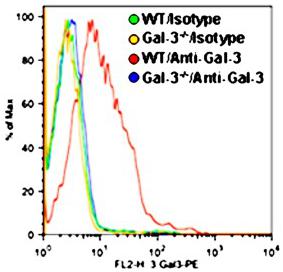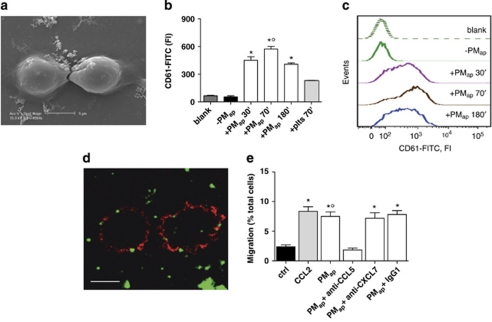Mouse Exodus-2 Recombinant
Categories: CCL chemokinesRecombinant Mouse Cytokines$70.00 – $2,700.00
Description
Accession
P84444
Source
Optimized DNA sequence encoding Mouse Exodus-2 (CCL21) mature chain was expressed in Escherichia Coli.
Molecular weight
Native mouse CCL21/Exodus-2 is generated by the proteolytic removal of the signal peptide and propeptide, this molecule has a calculated molecular mass of approximately 12 kDa. Recombinant mouse Exodus-2 is a monomer protein consisting of 111 amino acid residue subunits, and migrates as an approximately 12 kDa protein under reducing conditions in SDS-PAGE.
Purity
>95%, as determined by SDS-PAGE and HPLC
Biological Activity
Determined by its ability to chemoattract total lymphocyte population using a concentration range of.0-100.0 ng/ml.
Protein Sequence
MAQMMTLSLL SLVLALCIPW TQGSDGGGQD CCLKYSQKKI PYSIVRGYRK QEPSLGCPIP AILFSPRKHS KPELCANPEE GWVQNLMRRL DQPPAPGKQS PGCRKNRGTS KSGKKGKGSK GCKRTEQTQP SRG
Endotoxin
Endotoxin content was assayed using a LAL gel clot method. Endotoxin level was found to be less than 0.1 ng/µg(1EU/µg).
Presentation
Recombinant mouse Exodus-2 was lyophilized from a 0.2 μm filtered PBS solution.
Reconstitution
A quick spin of the vial followed by reconstitution in distilled water to a concentration not less than 0.1 mg/mL. This solution can then be diluted into other buffers.
Storage
The lyophilized protein is stable for at least years from date of receipt at -20° C. Upon reconstitution, this cytokine can be stored in working aliquots at2° -8° C for one month, or at -20° C for six months, with a carrier protein without detectable loss of activity. Avoid repeated freeze/thaw cycles.
Usage
This cytokine product is for research purposes only.It may not be used for therapeutics or diagnostic purposes.
Biological Process
Biological Process
Molecular function
Methods
BMMCs promote the maturation and chemotactic activity of BMDCs via direct cell interaction.
- The expression levels of CD40, CD80, CD86 and CCR7 on BMDCs cultured with or without BMMCs for 24 h. Mobility of BMMCs to CCL21.
Migration Assays
- Stromal cells were prepared from the peripheral lymph nodes as previously described –β– cells expressing WT or mutant OCK2 were placed on a monolayer of stromal cells in the presence or absence of CCL21 (100 nM& , , ).
- After 4 hours of incubation, phase-contrast images were obtained every 30 seconds for 20 minutes at 37°C on an IX-81 inverted microscope .
- Migration of individual cells was tracked using the MetaMorph imaging software , and the migration speed was calculated by dividing the total path length by the total assay time.
Non-competitive CCR7-mediated chemotaxis assay of CD11c+ lung cells
- The chemotaxis assay was performed as previously described 5 CD11c+ lung cells in a total volume of 100 µl chemotaxis medium (RPMI-1640, 0.5% BSA) was added to the upper chambers of 24-well transwell plates with 5-µm-pore-size polycarbonate inserts .
- 600 µl of chemotaxis medium containing either CCL19 (100 ng/ml, Shenandoah Biotechnology, Warwick, PA), CCL21 (100 ng/ml, , ) or CCL28 (100 ng/ml) were added to the lower chambers.
- After 5 hours of incubation at 37°C, migrated cells from the lower chambers were collected, stained with anti-CD11c and anti-MHC-II , and enumerated with Trucount beads by flow cytometry ( FACS ).
CyaA accelerates cell detachment and migration of TLR-activated DCs.
- Migration of DCs treated with toxins and LPS (for 24 h) towards CCL19 or CCL21 (both 200 ng/ml) in transwell plates was determined by flow cytometry after additional 14 h (MDDCs) or 4 h (BMDCs) of incubation at 37°C.


